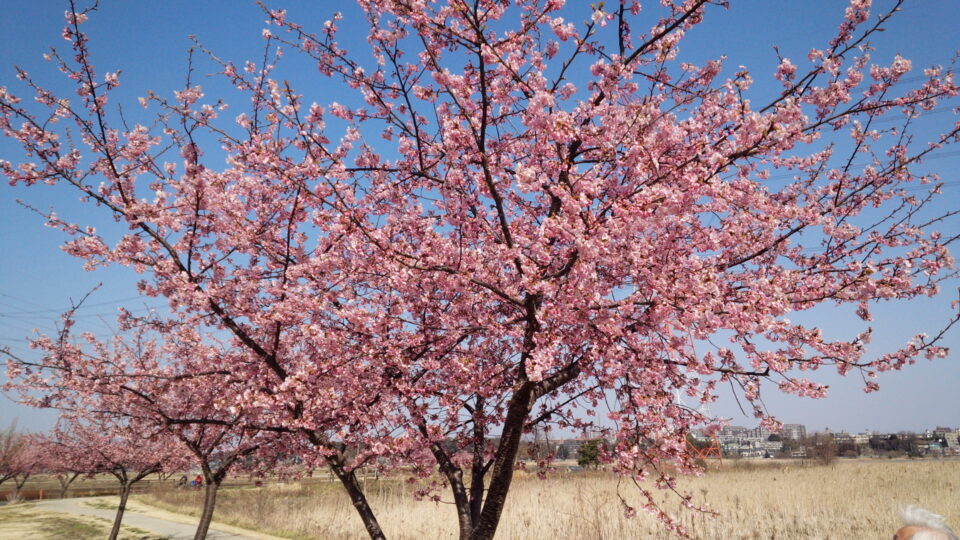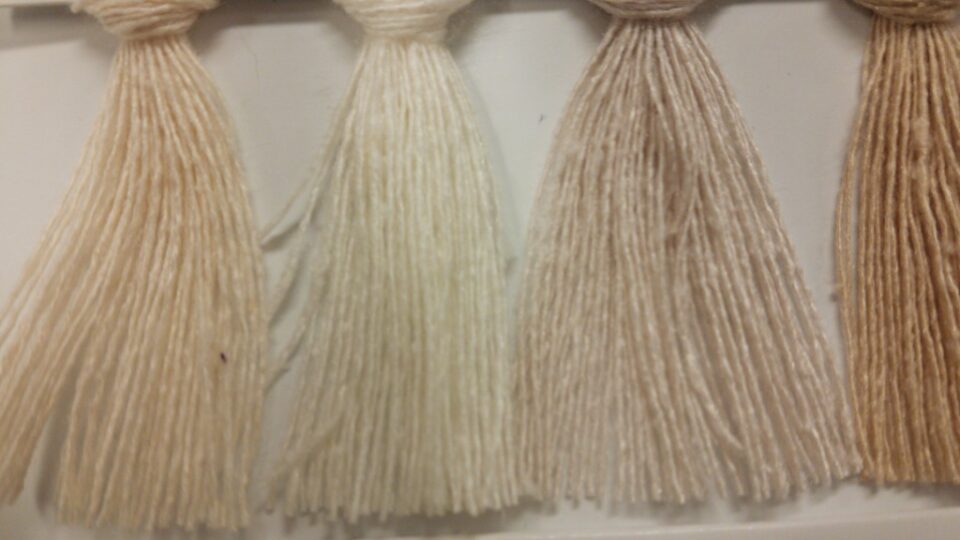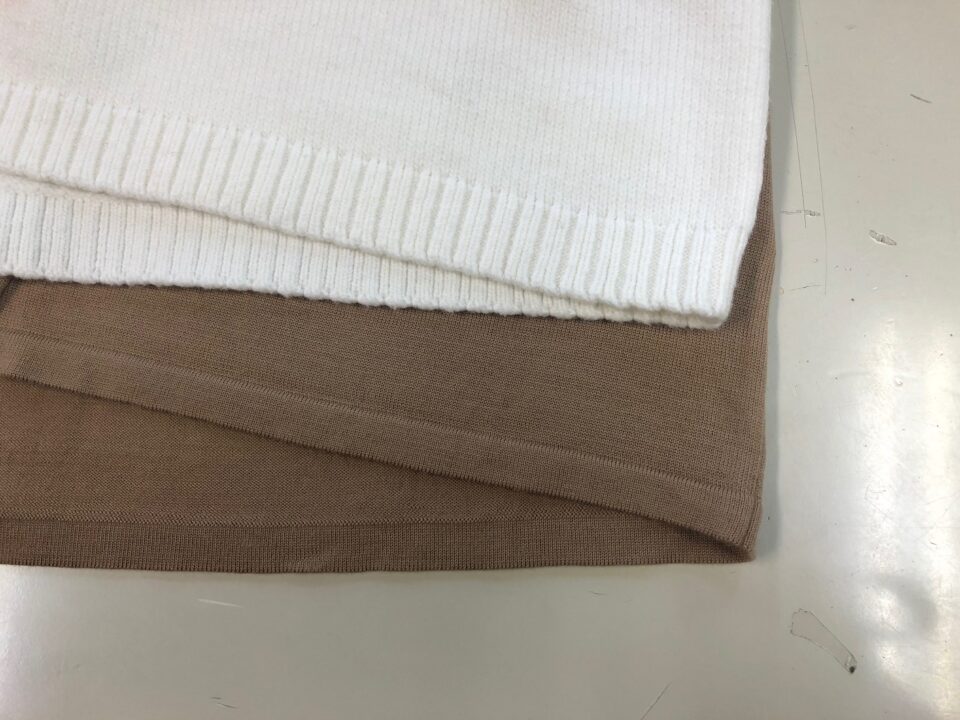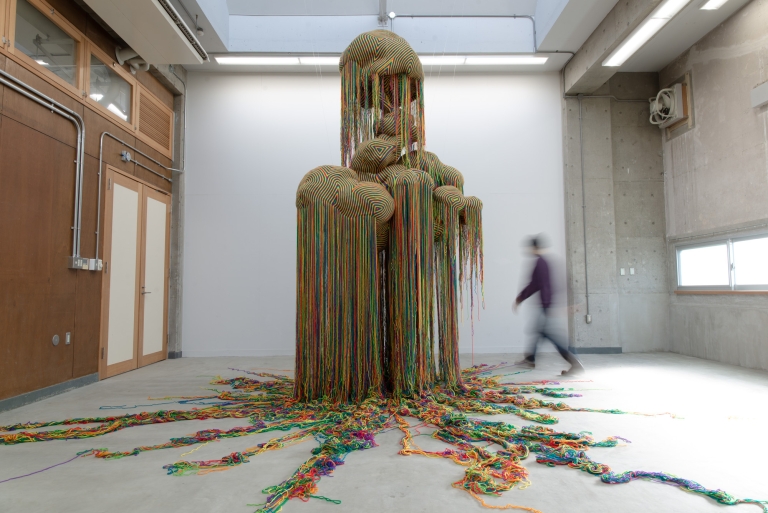
前一篇文章
Processing to suppress pilling!? Explains anti-pill processing
2015年12月28日
KNIT MAGAZINE


We had a cherry blossom viewing (like Kawazu cherry blossoms) in Teganuma, Kashiwa City, Chiba Prefecture. I took this photo on February 20th, and I often go out to play every year, but I don’t think it bloomed so early.
I posted rape blossoms on my last blog, but it seems that the flowers will bloom warmly and early this year.
Hello, this is Tasaki from Maruyasu Yarn. Thank you for your relationship this time as well.
Until the last time, I wrote about the raw materials for knitwear, but from this time, I will write about the thread a little.
And this time, we will proceed with the classification by fiber length.
Spun yarns are yarns made by spinning raw materials with short fiber lengths, and these raw materials include wool (including animal hair), cotton, hemp, acrylic, and synthetic fibers cut into short pieces.
The characteristic of spinning spun yarn is that the fiber length is short, so there is some fluffing and the texture is soft.
The disadvantage is that the fibers are short, so there is no gloss and the strength is not strong.
Wool falls into the category of spun yarn, but among them, the one made by spinning a short fiber length is called a spun yarn, and the one made by spinning long hair is called a worsted yarn.
Cotton is also classified in the same category, but it is divided among them, and the fiber length of normal cotton is about 2.5 cm, but some of them are as long as 4.5 cm, which is called super long cotton.

The left is woolen yarn with fluff, and the right is worsted yarn with gloss. This difference lies in the difference in fiber length.
Filament yarn is made by bundling raw materials with long fibers and then twisting them into yarn. These threads include silk, rayon and polyester.
The characteristics of filament yarn are that it is glossy, has a smooth texture and is excellent in strength.
The disadvantage is that it is more expensive than spun yarn.
Silk has filament (pure silk) and spun (silk spinning), and the length of one fiber of pure silk is as long as 18m to 25m, and silk spinning has a short fiber length, so it is spun into threads.
Rayon also has filament yarn and spun yarn, but there are differences in gloss, texture, strength, and unit price.
Nylon is mostly filament yarn, but when making yarn, cut fibers are mixed and used. There is also a monofilament.
A monofilament is the same as a fishing line and is a thread made of a single fiber. The strength is too strong, so the limit is about 50 denier to use as a knit.
I have had the experience of not knitting thicker threads because the needles did not return because they were too strong.

Filament yarn silk (glossy and strong)

Silk of spun yarn (there is a bulge and the texture is good.)
This time I wrote it as a classification of fiber length, but the unit price of spun yarn is relatively cheap and filament yarn is expensive, but it is not good because spun yarn is cheap.
Not to say. Depending on the thread to be made, spun thread and filament thread are used properly.
There are some materials such as acrylic whose production of filament yarn has been discontinued, but we would appreciate it if you could use it after learning about its features and drawbacks.
Thank you for staying with us until the end.


2023年11月29日

2023年11月9日

2023年11月7日

2023年11月1日

2023年10月26日

2023年10月24日